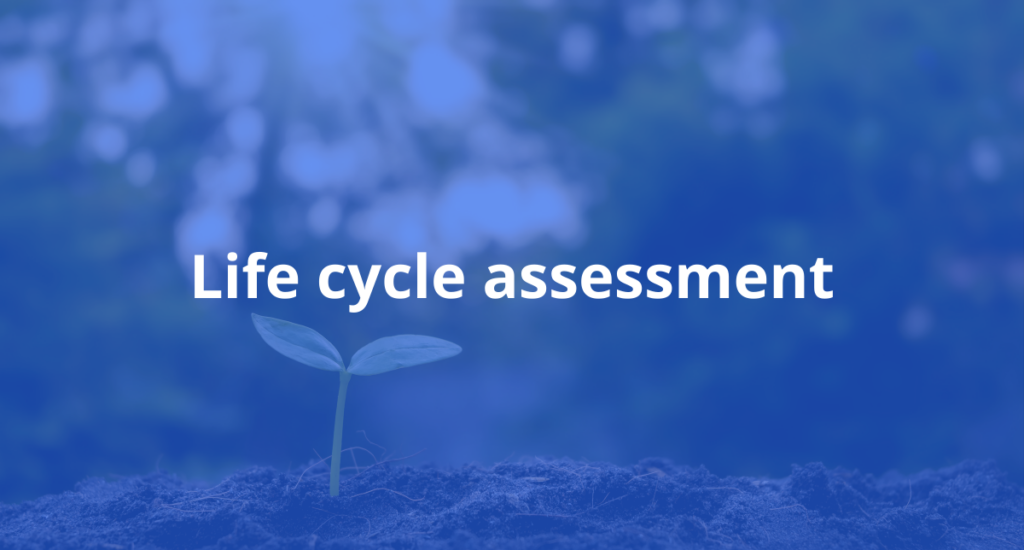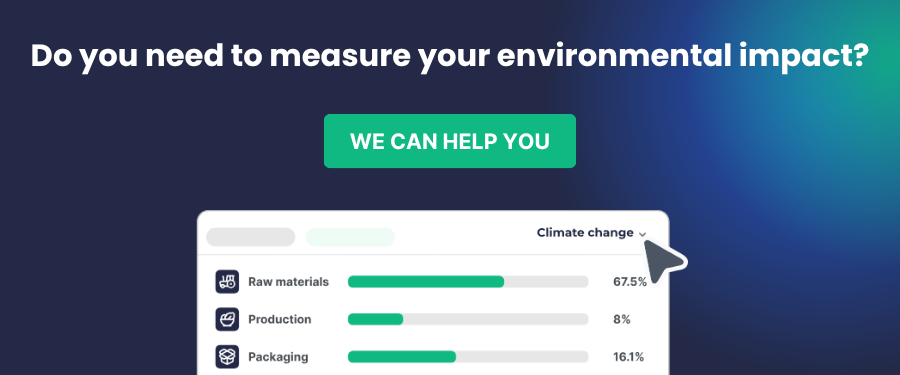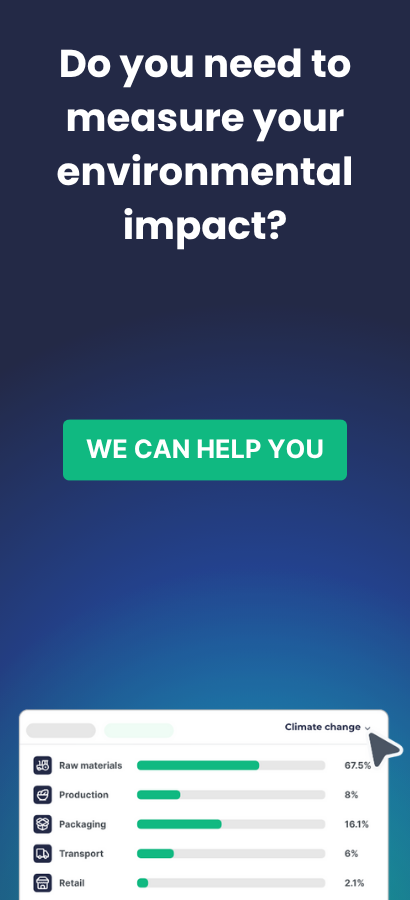The global push for sustainability is driving industries, policymakers, and consumers to explore ways to measure and minimize the environmental impact of products and services. Life Cycle Assessment (LCA) has emerged as an essential tool for evaluating the environmental footprint of various processes, products, and services. In this blog post, we delve into the intricacies of LCA, adhere to ISO 14044 standards, and explore the integration of insights from Greenhouse Gas Protocol (GHG) to achieve more comprehensive greenhouse gas evaluations.
What is Life Cycle Assessment (LCA)?
LCA is a systematic methodology used to evaluate the environmental impact associated with a product or service throughout its life cycle. It considers all stages of a product/service’s life, from raw material extraction and production to distribution, use, and end-of-life disposal. LCA provides a holistic view of the environmental burdens and identifies potential improvement opportunities.
What standards are used to calculate the LCA?
ISO 14044 methodology for product life cycle analysis
How to measure LCA? This is one of the big questions that companies ask themselves. The International Organization for Standardization (ISO) developed the ISO 14044 framework to ensure consistency and comparability in conducting and reporting LCA studies. This globally accepted standard sets guidelines for conducting and reporting LCA, promoting transparent and reliable assessments. Taking into account environmental, economic, and social aspects, ISO 14044 facilitates informed decision-making and fosters sustainability across industries.
Key Elements of a Life Cycle
o conduct a comprehensive LCA, one must examine various elements of a product or service’s life cycle. These elements include:
- Raw Material Extraction: Assessing the environmental impact of extracting raw materials, considering factors such as energy consumption, land use, and ecosystem disturbance.
- Production: Evaluating the processes involved in converting raw materials into finished products, including energy consumption, resource depletion, and emissions.
- Distribution: Analyzing the associated environmental impacts of transportation, packaging, and logistics, including energy use and emissions.
- Use: Examining how the product is consumed or used by customers, considering factors like energy consumption, emissions, and waste generation.
- End-of-Life Disposal: Assessing the environmental consequences of product disposal methods, such as recycling, landfilling, or incineration.
Integration of GHG Protocol with LCA
Greenhouse gas emissions are some of the most studied environmental impacts. The GHG Protocol was developed by the World Resources Institute (WRI) and the World Business Council for Sustainable Development (WBCSD) to offer an international standard for assessing greenhouse gas emissions from various sources. By integrating GHG Protocol with LCA, practitioners gain valuable insights into the carbon footprint of products and services. This collaboration supports a comprehensive analysis of greenhouse gas emissions throughout the entire life cycle, facilitating effective mitigation strategies and promoting low-carbon alternatives.
Practical Applications of LCA
LCA finds practical application across various industries, aiding businesses, policymakers, and consumers in making informed decisions. Here are a few examples:
- Automotive Industry: LCA helps automotive manufacturers evaluate the environmental impact of vehicle production, use, and end-of-life disposal, enabling them to design more sustainable vehicles and reduce emissions.
- Food and Agriculture: LCA allows food companies to assess the environmental impact of different agricultural practices, packaging materials, and transportation methods, promoting sustainable production and consumption patterns.
- Construction: LCA helps architects, engineers, and builders evaluate the environmental impact of building materials, construction processes, and energy use, guiding them towards more sustainable building practices and reducing carbon emissions.



